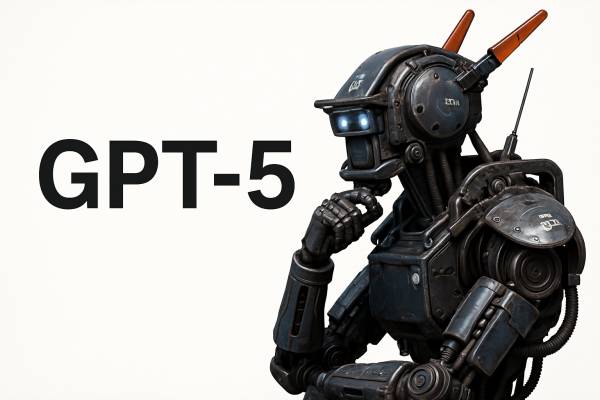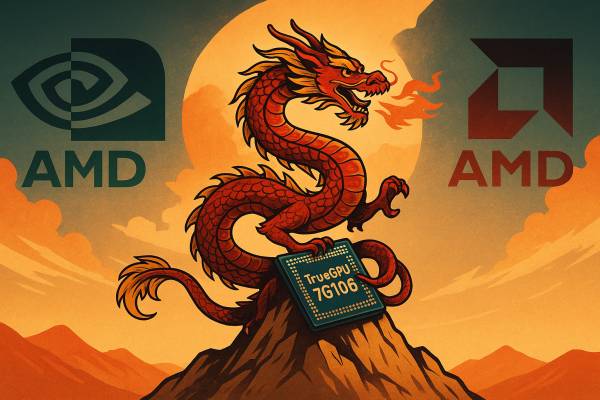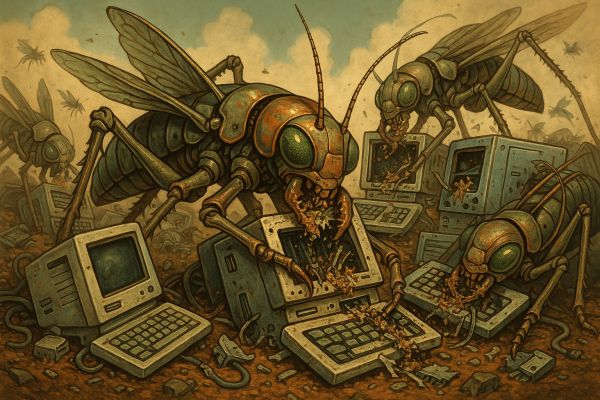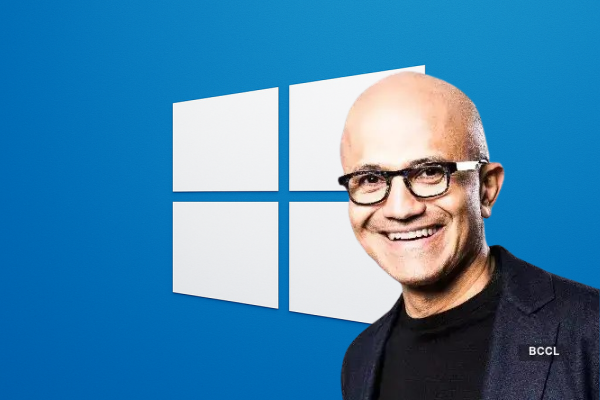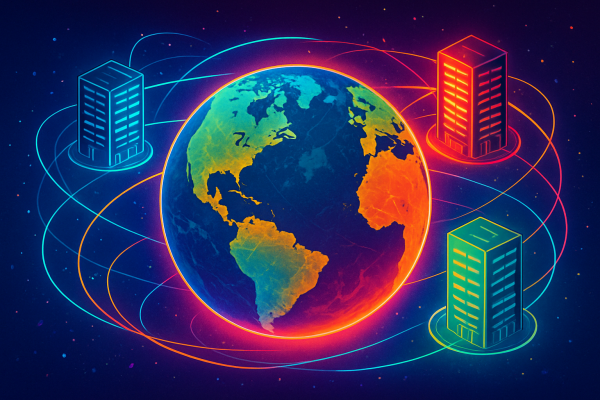Recently, more and more portable gaming consoles have been coming onto the market. These devices are no longer just for gaming – they are practically full-fledged pocket computers that can even compete with laptops. All this is thanks to the new, low-power AMD mobile processors. Microsoft and ASUS's joint announcement about several new ROG Xbox Ally consoles is part of this trend. This is not just a continuation of the well-known ROG Ally series, but an attempt to create a Windows 11-based portable gaming platform.
The new ROG Xbox Ally portable gaming consoles are based on AMD Ryzen Z2 series chips. At first glance, it sounds like an Xbox in your pocket, but in reality, it's a full-fledged Windows 11-based computer with a specially redesigned interface optimized for gaming.
Microsoft and ASUS offer two models: the ROG Xbox Ally and the ROG Xbox Ally X, which differ slightly in their technical specifications:
-
ROG Xbox Ally: AMD Ryzen Z2A processor, 16 GB RAM, 512 GB M.2 2280 SSD storage.
-
ROG Xbox Ally X: AMD Ryzen Z2 Extreme processor, 24 GB RAM, 1 TB storage.
Both models feature a 7-inch IPS display with Full HD (1080p) resolution and a 120 Hz refresh rate. The detailed technical specifications of the two devices are shown in the table below.

Based on the specifications, the devices go far beyond a simple “laptop” – they can be serious competitors to mainstream game consoles, whether for travel or for playing games at home on the couch.
Microsoft has created a Windows 11-based version optimized exclusively for Ally. According to them, this is not just a simple launch pad for PC games, but a deep system optimization that frees up resources and improves energy efficiency. It will certainly be interesting to compare this with Steam's devices, which have just dropped Windows from their similar consoles due to widespread criticism of the energy consumption of the Windows versions.
